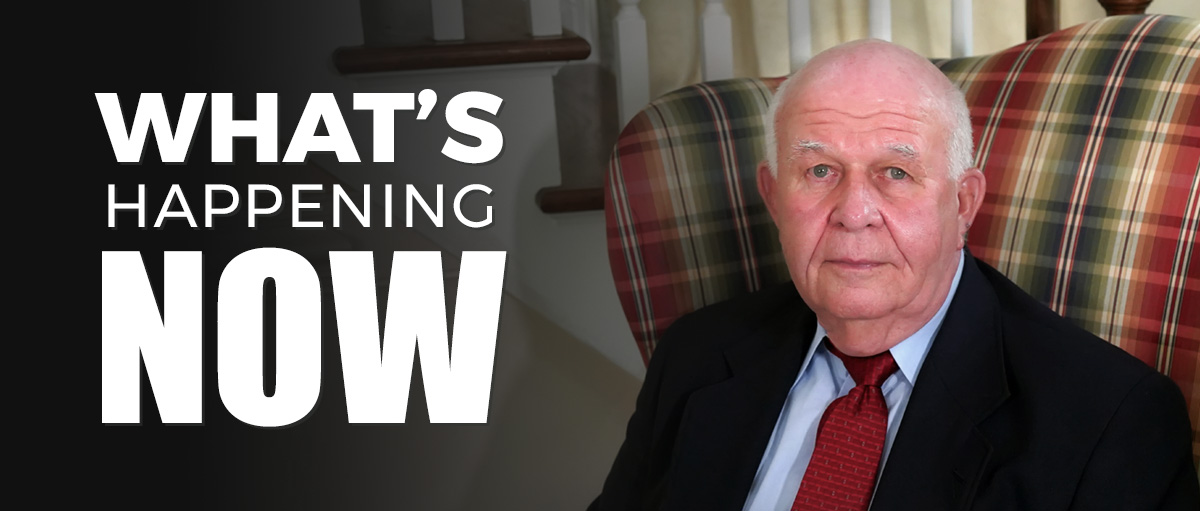Publisher's note: Please join me in welcoming our newest contributor to BCN, Kathy Manos Penn, a native of the "Big Apple", by way of the "Peach City" - Atlanta. Kathy is a former English teacher, author of The Ink Penn blog, and a communications professional in corporate America. Now with Kathy on board, I advise all other contributors to mind your punctuation and syntax.
It's happening again: a topic catches my eye and suddenly I see it everywhere until usually it disappears. The topic of cursive writing or the lack thereof caught my attention a few years back but has yet to show any signs of fading away.
In one conversation, a friend mentioned how happy she was that her third grade grandchild was learning cursive. I was glad to hear that as I'd heard that many schools had stopped teaching it, instead focusing on computer and keyboarding skills. Another friend chimed in that her 21 year old daughter had learned it in grammar school too but had never been required to turn in a paper in cursive. In fact, in both high school and college, assignments were turned in electronically. This mom noted that the notes written in her daughter's high school yearbook had all been printed, another sign that cursive is not the choice du jour.
That conversation brought to mind an earlier article I'd read about the death of handwriting. It told the story of a parent complaining that her son, a high school junior, could not read the homework assignments written on the blackboard by the teacher because, you guessed it, they were written in cursive.
Five Reasons Kids Should Still Learn Cursive Writing suggests some good reasons why we shouldn't let handwriting die, but here's the one I like most:
"It's good for our minds! Research suggests that printing letters and writing in cursive activate different parts of the brain. Learning cursive is good for children's fine motor skills, and writing in longhand generally helps students retain more information and generate more ideas. Studies have also shown that kids who learn cursive rather than simply manuscript writing score better on reading and spelling tests, perhaps because the linked-up cursive forces writers to think of words as wholes instead of parts."
This rationale prompted me to recall rewriting and organizing my class notes in college to prepare for exams, and now I know it was the act of writing that helped to cement the facts in my brain.
Don't Forget How to Write! was the next article I read, and I saw myself in the opening paragraph:
"Trying to write a note by hand after years of typing on a physical keyboard or Smartphone screen can be discouraging. Often, the spastic result only vaguely resembles penmanship." That's me to a Tee.
I still send handwritten notes from time to time, despite the fact that my handwriting has deteriorated over the years. It was never very good, and I attribute that to my being moved into the third grade midyear of the second grade and missing the introduction to cursive writing. My mother worked with me nightly to practice my writing so I could catch up. Though we both gave it our best shot, I never received more than lackluster grades in penmanship.
I wanted to be encouraged by the author's premise that,
"...getting your skills back up to a level that would make your grammar-school teachers proud isn't difficult-it just takes the right tools and, of course, practice." As bad as my handwriting is, though, I find it hard to believe that practicing at this late date will change it.
Another article I encountered was
The Gift of a Heartfelt Letter, wherein the author poses the question,
"Do you remember how you felt the last time you received a beautifully written letter from a loved one, a dear friend, or even a person with whom you had a falling out?" Well yes, I do remember. It brought a smile to my face, and that vivid memory may be just the nudge I need to start practicing.


























beaufortcountynow.com